Today I want to talk about specific ideas for morning meeting and ways to plan for creating successful whole group activities. These apply to morning meeting but also to any whole group activities from games to art to science. They are also applicable across the age range. These ideas for morning meeting will help ensure all of your students are able to successfully participate in whole group activities.
1. Target specific goals for the activity
You need to make sure that everyone in the class is aware of the overall purpose and goals of the activity. Why is the class doing this activity and what do you want them to get out of it. Typically this is addressed on a lesson plan but you want to make sure you communicate that information to the rest of the staff, particularly if you are doing something else during that group activity (e.g., you do home notes while paras run the art activity). Remember that just because you know what you want out of the meeting, as the teacher, does not mean it is apparent to everyone else.
The goals of the activity need to go beyond just “remaining in the group” and “behaving.” They should be specific and related to your curriculum. So if you are using a developmental curriculum, what skills are you trying to address? Imitation of motor movements? Following directions (number of steps differentiated by student)? Waiting for a turn? Providing identifying information like writing his/her name, identifying or providing his/her address or phone number, signing in as we would for a job site?
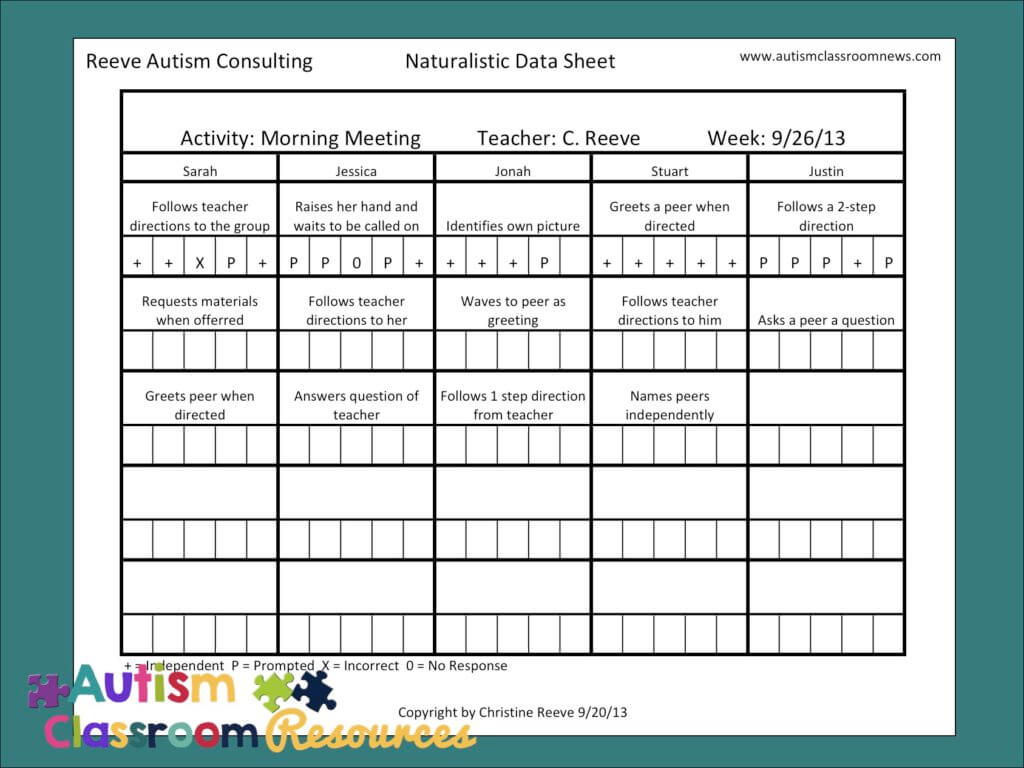
2. Target specific goals for each student
The lesson plan will have the goals of the activity overall, but there are typically IEP goals I want to address during a whole group activity as well. You want to make sure you are specific about the individual goals for each student that you are targeting in whole group. Ask yourself, why is the student here? What is he or she getting out of it?
If you can’t answer those questions, consider that this activity may not work for this student (or the class). Once you know what your specific targeted skills are for that activity (e.g., finding his name in print, writing his name, greeting a peer), make sure everyone facilitating the activity is aware of those goals. Otherwise you are likely to have an adult who is well meaning but ends up doing that exact skill for the student.
For instance, in art I like kids to practice writing their names on their artwork. But if I don’t tell the paraprofessionals that they will put the child’s name on the paper because it’s faster and leads to less confusion. Unfortunately it doesn’t give him practice in writing his name. So, I have a data sheet with the goals for each student on them. It cues the staff about what the individual goals are. The lesson plan will have the goals of the activity overall. But there are typically IEP goals I want to address during a whole group activity as well.
3. Individualize / Differentiate
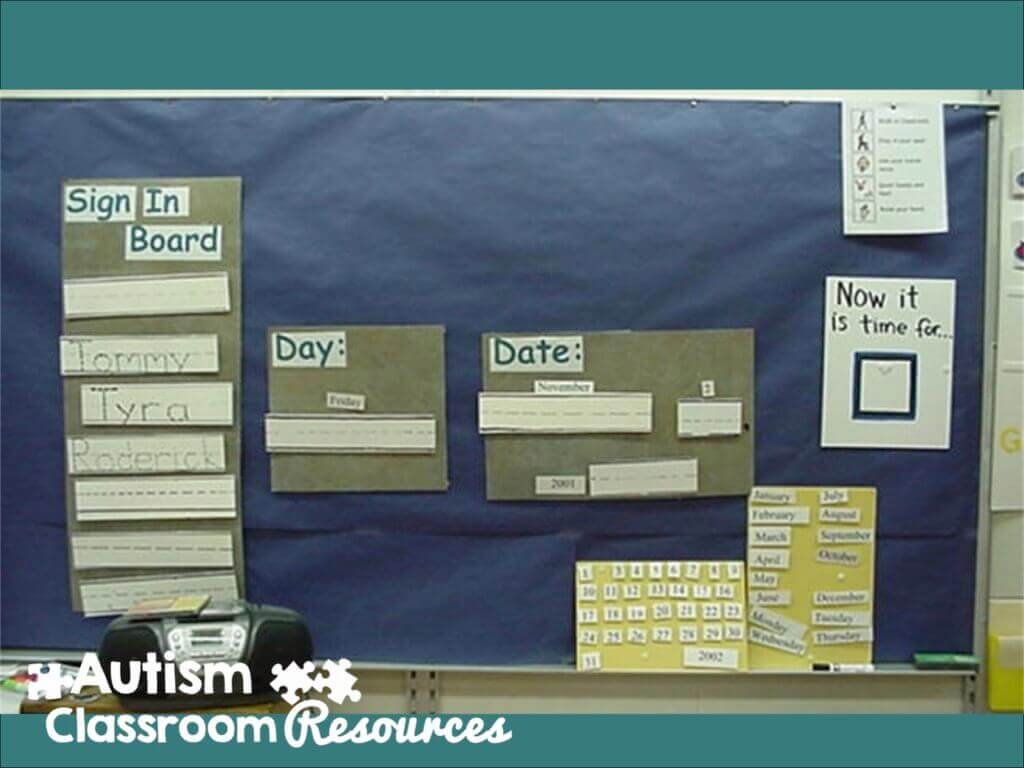
You’ll also need to plan for individualization and differentiation ideas for morning meeting. For example, Jim is working on recognizing his first name. Tom is working on recognizing his whole name. Phil knows his name and is working on writing it. Mary is working on saying her name with an augmentative speech-generating device. Sam is working on recognizing his friends’ names.
You can implement all these goals in a morning meeting sign in. But everyone’s sign-in activity is going to look a little different. Jim chooses his first name already written out from a field of 4. Tom picks out his first and last name from the board. Phil has a card on the same board, but he uses a dry erase marker to sign in after he finds his name. Mary uses her switch to say her name. And then Sam finds Mary’s name on the Who’s Here board and takes it to her or signs her in. Everyone is working on a similar skill, but each is different.
Another idea for morning meeting differentiation would be calendar time in morning meeting. Mary is working on using a switch to tell you if she is at home or school today and home or school tomorrow. She doesn’t know her numbers. So she practicing dates on the calendar would leave her out. And she might have some challenging behavior because she isn’t engaged. Jim, Tom and Phil are all working on identifying the days of the week. They are particularly focusing on yesterday, today and tomorrow. But Sam is working on telling you the date today, tomorrow, and the date of an upcoming event like a field trip.
Think about using a calendar with different tools to differentiate. Mary uses a calendar that has home/school pictures. Sam practices with a yesterday/today/tomorrow board with days of the week that has dates on the calendar pictures (so they have home or school along with a date). It can all be on the same calendar but address different skills. Mary chooses if we are at home or school with her speech generating device. Sam finds the picture Mary identified with the correct date on it and puts it on the calendar. Tom finds the day of the week that was yesterday. Jim finds the day of the week for today. And Phil finds what day of the week will be tomorrow. And then we move on.
4. Time it right
There is no prescribed length for group activities. They don’t have to be 30 minutes long. Activities should be as long as needed to cover the goals you want to cover while still maintaining students’ attention. If most of your students are engaged for 15 minutes, keep the group activity as 15 minutes. Have 2 group times if can’t fit everything you want to cover in that amount of time.
Let’s say all of your students except one can handle a 30-minute meeting. And most students need to practice participating in a group for that long a period to prepare them for the next environment (e.g., general education classroom). But one student can’t maintain for that long. Think about making an individualized schedule for that one student.
Maybe all the other students stay in group for 30 minutes. But that one student comes for 15 minutes and then goes to do an independent work task. Or they go with a paraprofessional for some discrete trials or direct instruction. Chances are that student is also the one who requires the most support in the group. So sparing a paraprofessional to support them in other parts of the room shouldn’t be too difficult.
Take away message–your group is too long if you are losing the interest of the majority of the students before the group activity is over. When you problem solve at the end of the day, consider adjusting the schedule so that activity is shorter.
Scheduling Tip
For a student who isn’t able to stay for the whole time, figure out how long they can handle now. Then start with a little less time than that. For instance, if they can sit in the activity for 5 minutes now, start with 4 minutes as the scheduled time. Then you can slowly increase it. The key is to make sure that they leave when they are successful. That way, you don’t set a pattern of having them get out of the activity when they have a meltdown.
[socialpug_tweet tweet=”If you are losing the interest of the majority of the students before the group activity is over, chances are good it’s too long. #morningmeeting” display_tweet=”If you are losing the interest of the majority of the students before the group activity is over, chances are good it’s too long” style=”2″]
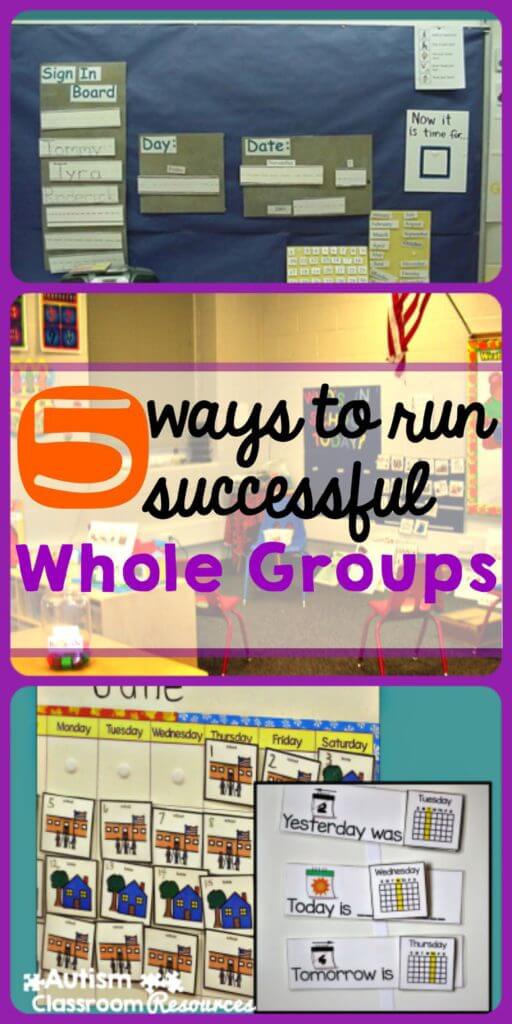 5. Keep it moving
5. Keep it moving
It’s easy in group activities to get bogged down with one student who is having trouble with a response. Don’t let yourself get sidetracked because you might lose the whole group. Instead, delegate someone (a peer or a paraprofessional) to help that student and move on to the next activity. Or tell a paraprofessional (or a peer) to do that next activity, and you stick with the student who is struggling.
For instance, just say, “Sam will you go get the calendar materials and find the date for today?” You stay with Mary trying to get an answer to your question. Either way, make sure you are communicating this to your staff in terms of what you want them to do. If delegating isn’t possible for some reason, go ahead and prompt the student you are working with, move on, and come back to that skill later in the day (maybe in a small group time) to practice it again.
If you find yourself doing this regularly, consider making the group activities a little easier for the student or providing more support during group. Performing skills in a group activity is generalizing performance from an easy situation (small group) to more complex situation (whole group) and that makes it harder. It’s OK to back up a bit to get some success and then slowly move back to the harder skill.
Find More Tips
I hope that these tips are helpful in planning and problem solving ideas for morning meeting times as the school year gets under way. There are so many elements that go into planning the instructional day and every class is very different in what they can do. Just always think about your reasons for why you are making decisions so that if asked you can explain them. Making decisions based on students’ performance is critical to their individual success and also to the success of the overall activity for the class.
Continuing with talking about group activities, you can catch more tips in my last post on increasing engagement in morning meeting.

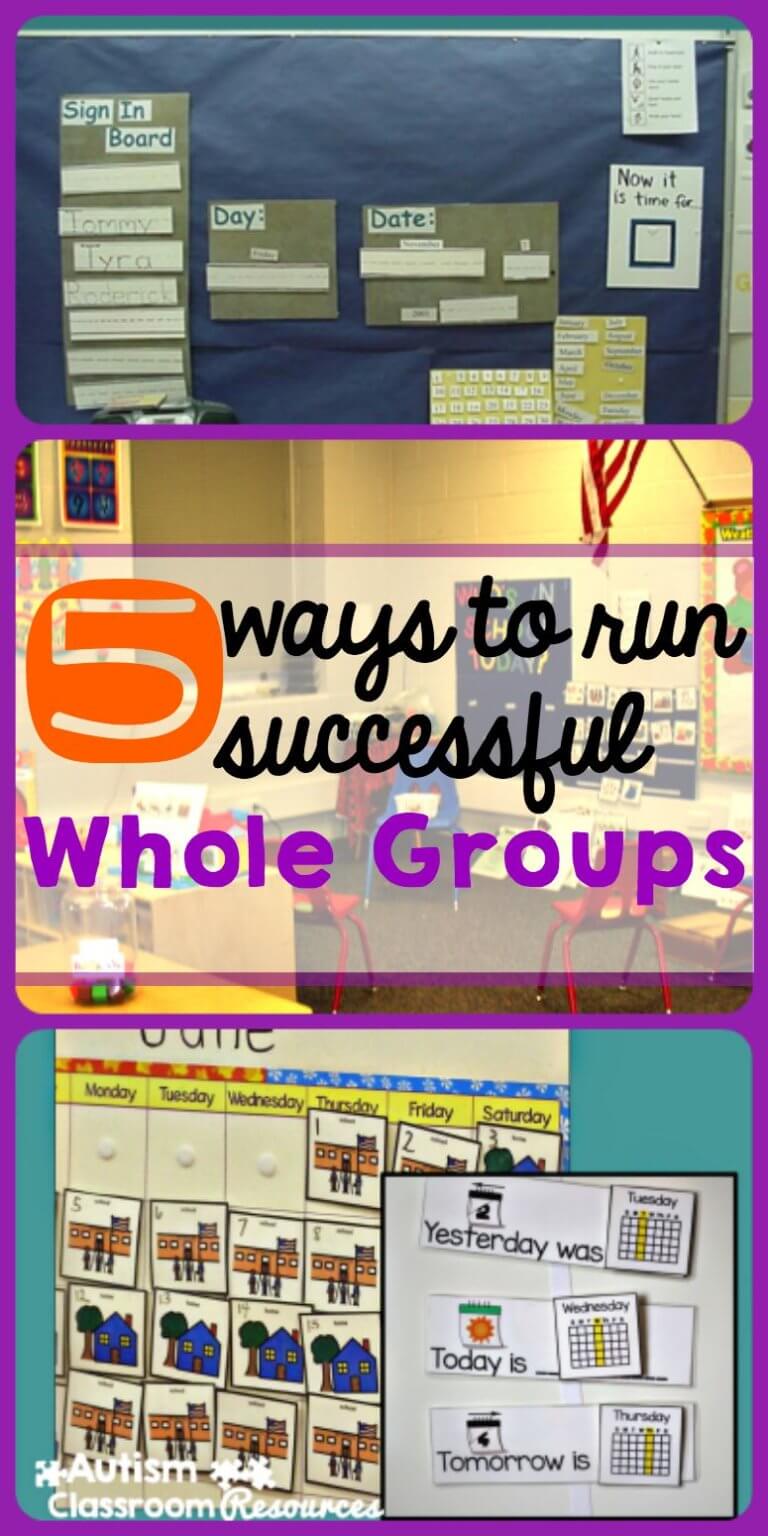
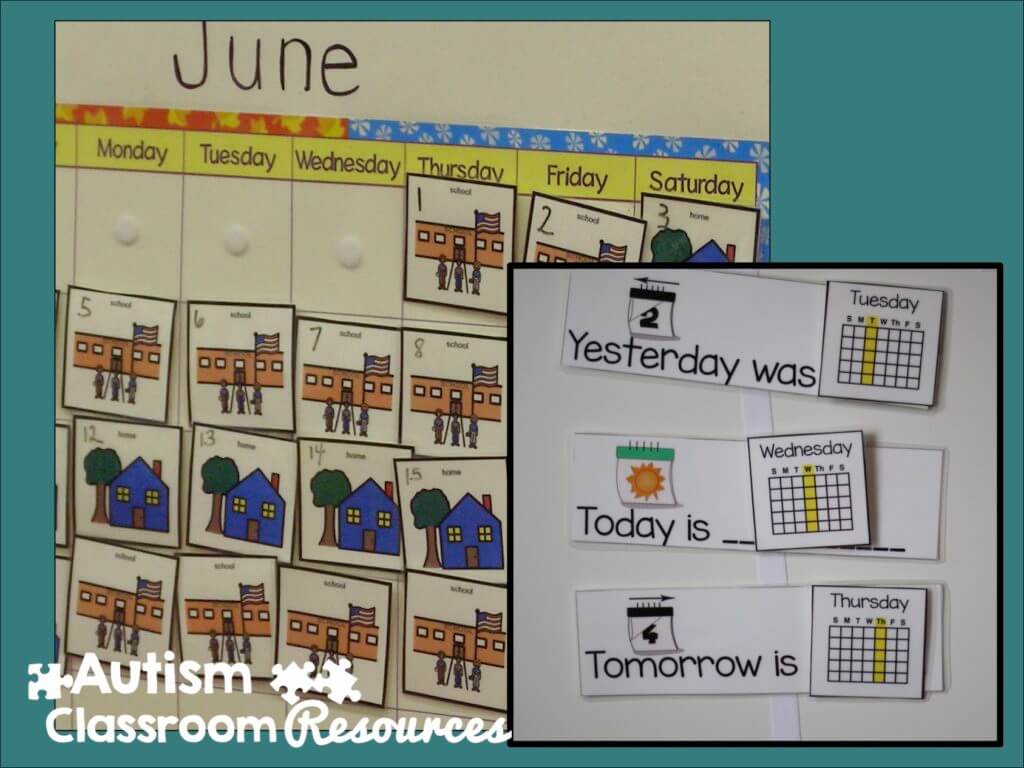
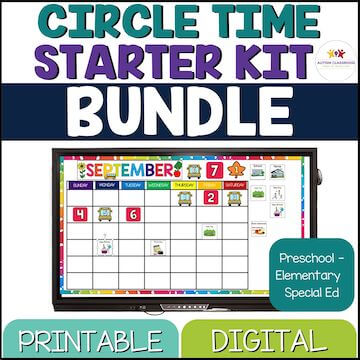
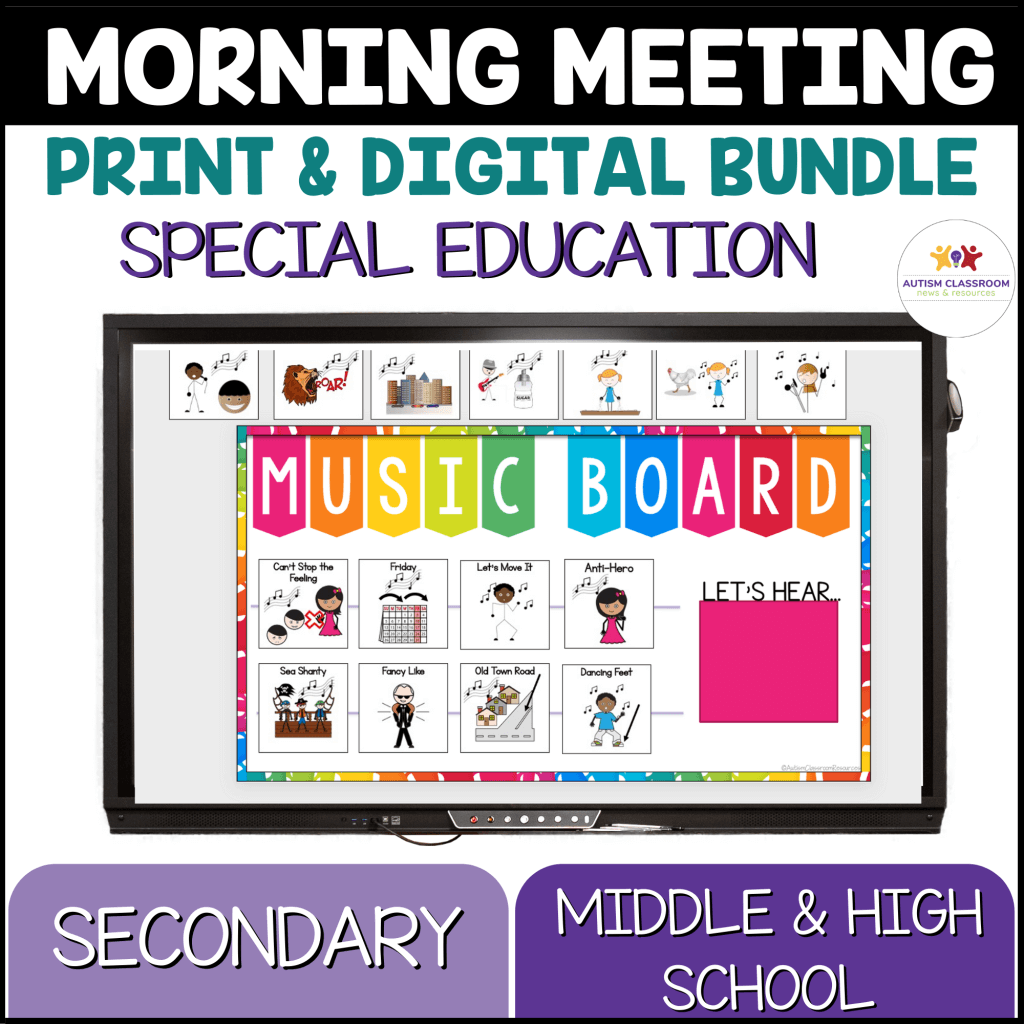
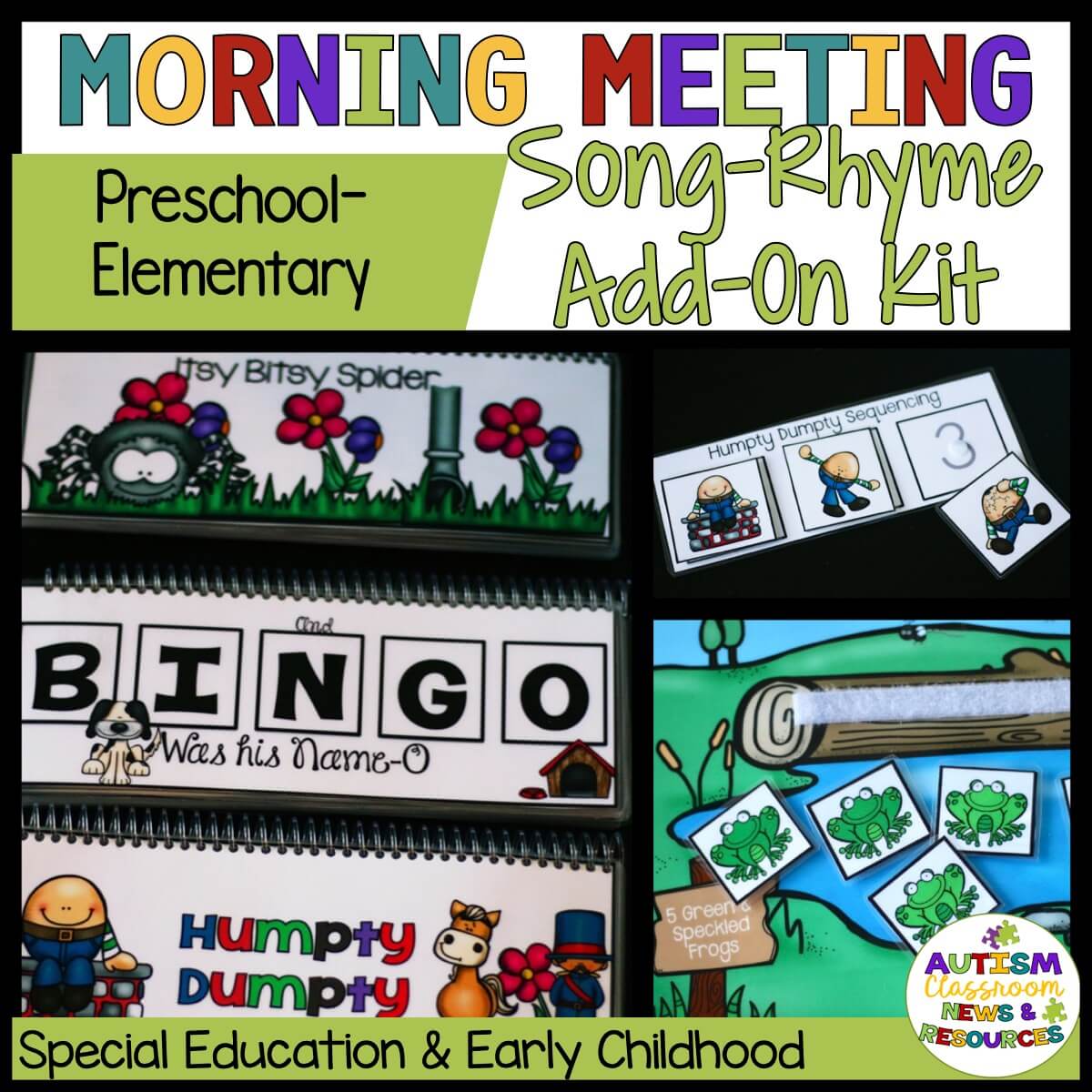

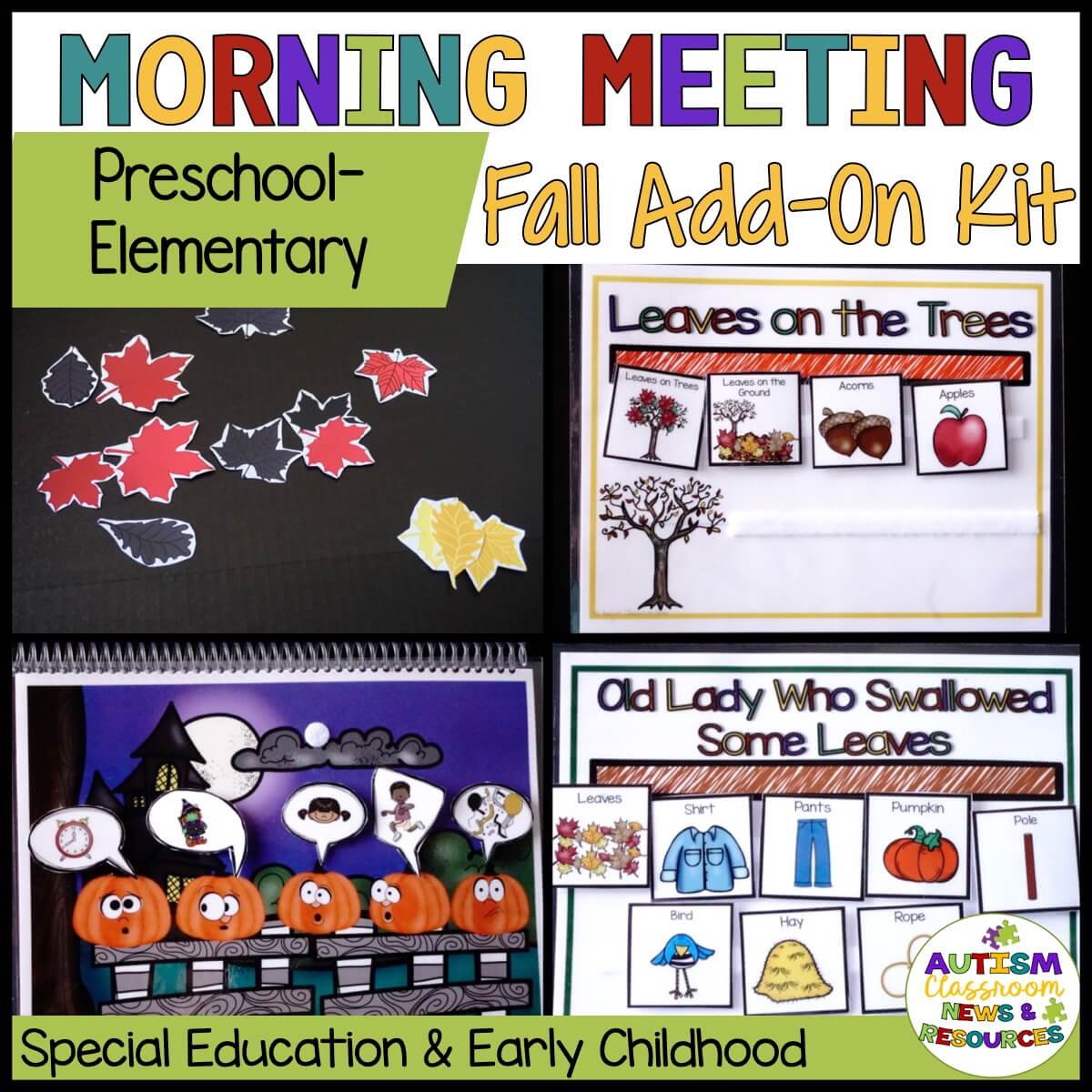
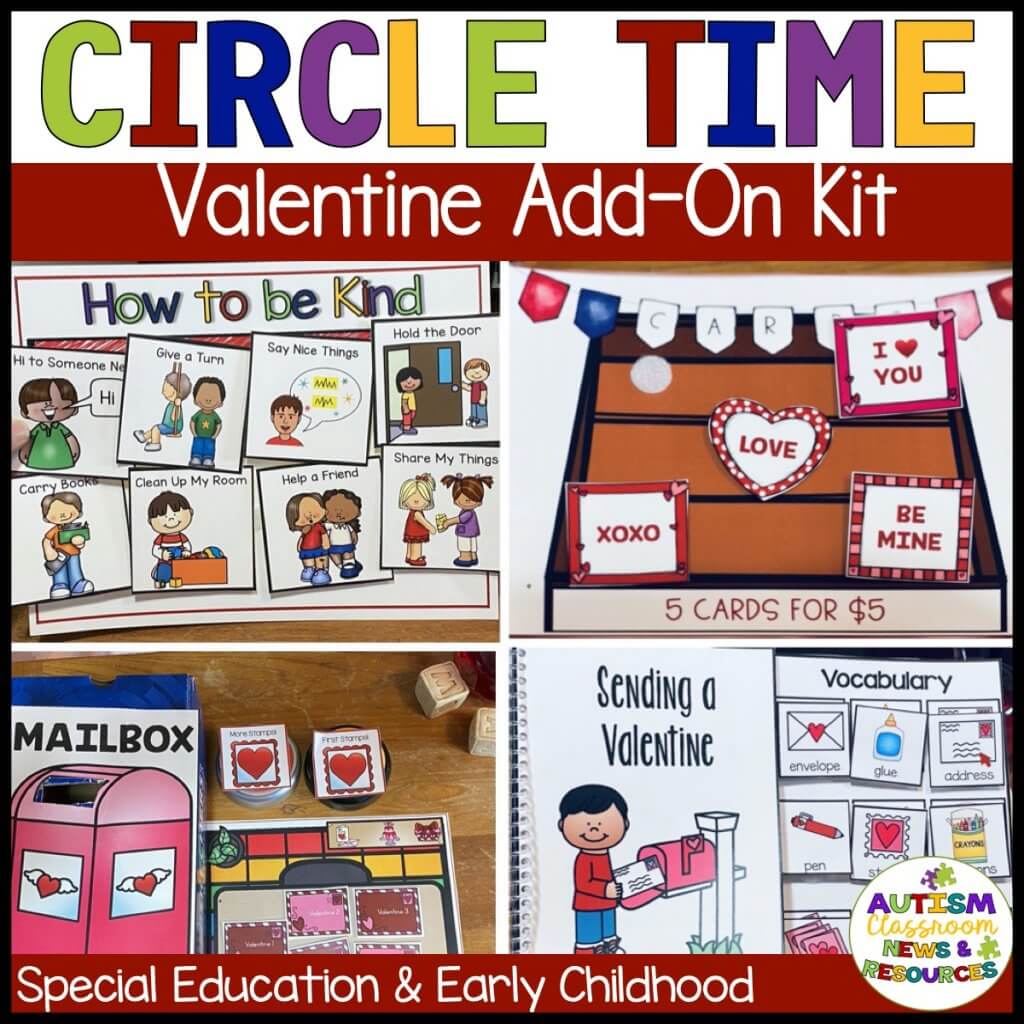

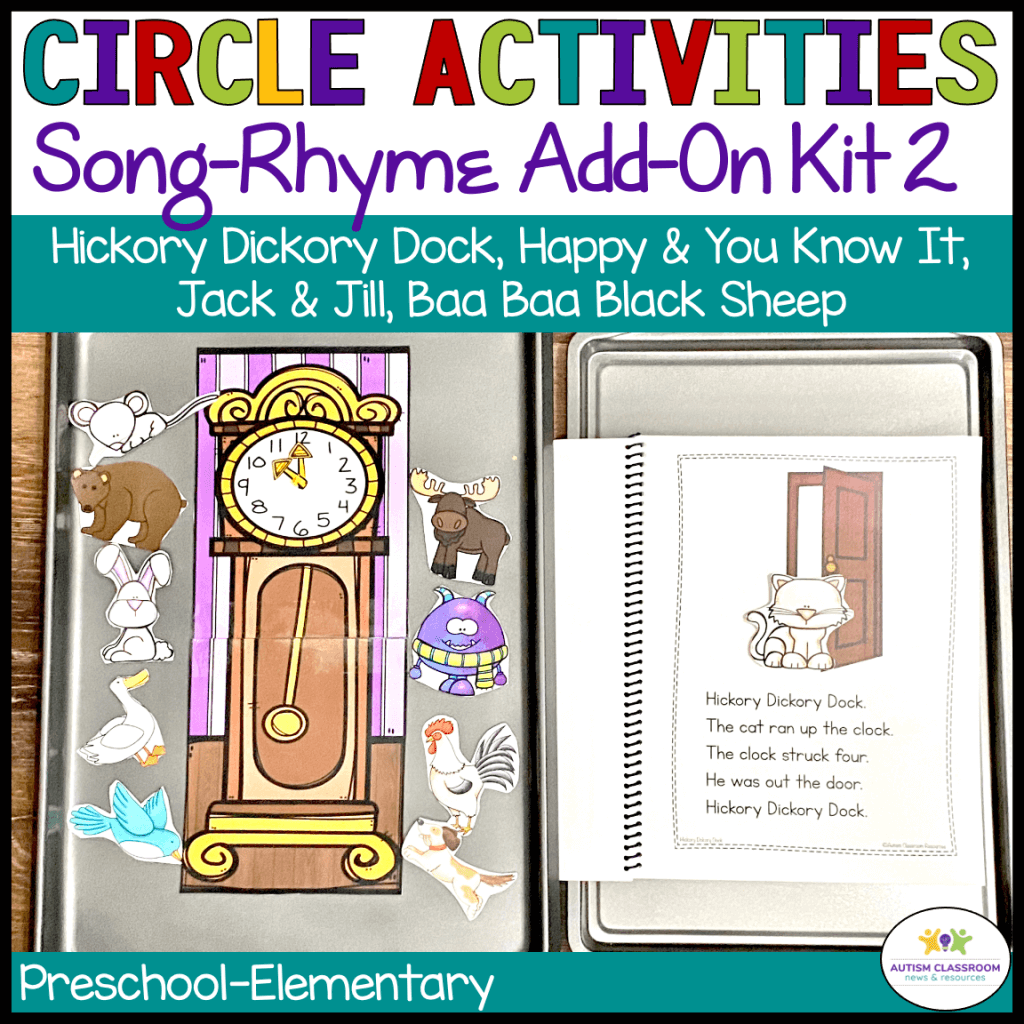


![Summer resources to help survive the end of the year in special education [picture-interactive books with summer themes]](https://autismclassroomresources.com/wp-content/uploads/2018/05/SUMMER-RESOURCES-ROUNDUP-FEATURE-8528-768x768.jpg)

